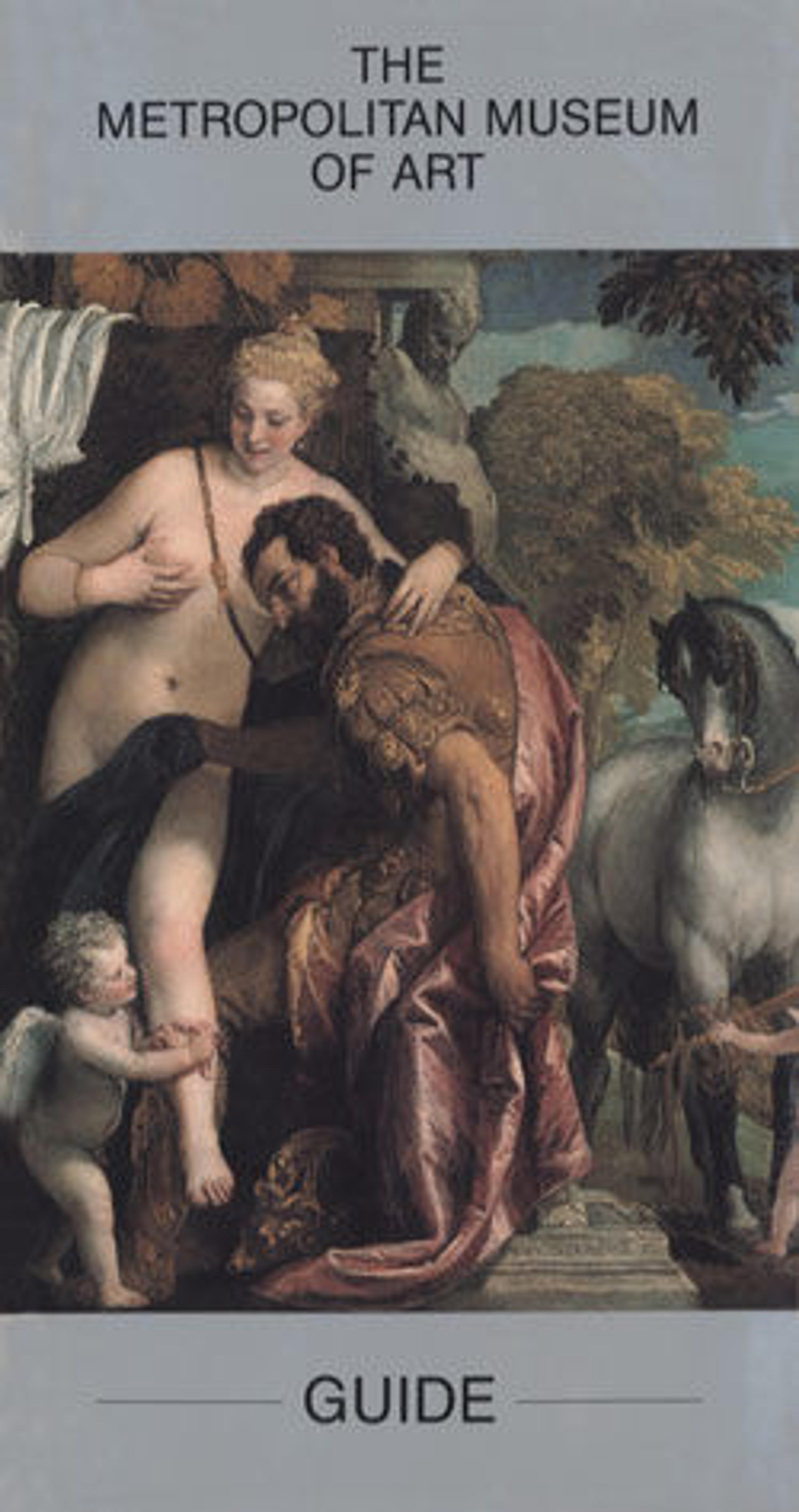Rishi coffin of Puhorsenbu
The Arabic word "rishi," meaning feathered, is used to describe a group of coffins made in the Theban area during Dynasty 17 and early Dynasty 18. This coffin is a particularly fine example of the type. Special care has been taken with the modeling of the face, which has been painted a delicate pink. The feather pattern has become an abstract design, as has the broad collar, whose strands of beads echo the contour of the vulture pendant making the bird's wings appear to extend up the mummy's shoulders.
For other examples of rishi coffins see also 12.181.299–12.181.301; 30.3.4–30.3.6.
For other examples of rishi coffins see also 12.181.299–12.181.301; 30.3.4–30.3.6.
Artwork Details
- Title:Rishi coffin of Puhorsenbu
- Period:Second Intermediate Period–Early New Kingdom
- Dynasty:Dynasty 17–18
- Date:ca. 1580–1479 B.C.
- Geography:From Egypt, Upper Egypt, Thebes, Asasif, East of Pabasa, Burial B44, MMA excavations, 1918–19
- Medium:Sycomore wood, stucco, paint
- Dimensions:L. 216 × W. 51 × D. 75 cm (85 1/16 × 20 1/16 × 29 1/2 in.)
- Credit Line:Rogers Fund, 1930
- Object Number:30.3.7a, b
- Curatorial Department: Egyptian Art
More Artwork
Research Resources
The Met provides unparalleled resources for research and welcomes an international community of students and scholars. The Met's Open Access API is where creators and researchers can connect to the The Met collection. Open Access data and public domain images are available for unrestricted commercial and noncommercial use without permission or fee.
To request images under copyright and other restrictions, please use this Image Request form.
Feedback
We continue to research and examine historical and cultural context for objects in The Met collection. If you have comments or questions about this object record, please contact us using the form below. The Museum looks forward to receiving your comments.
